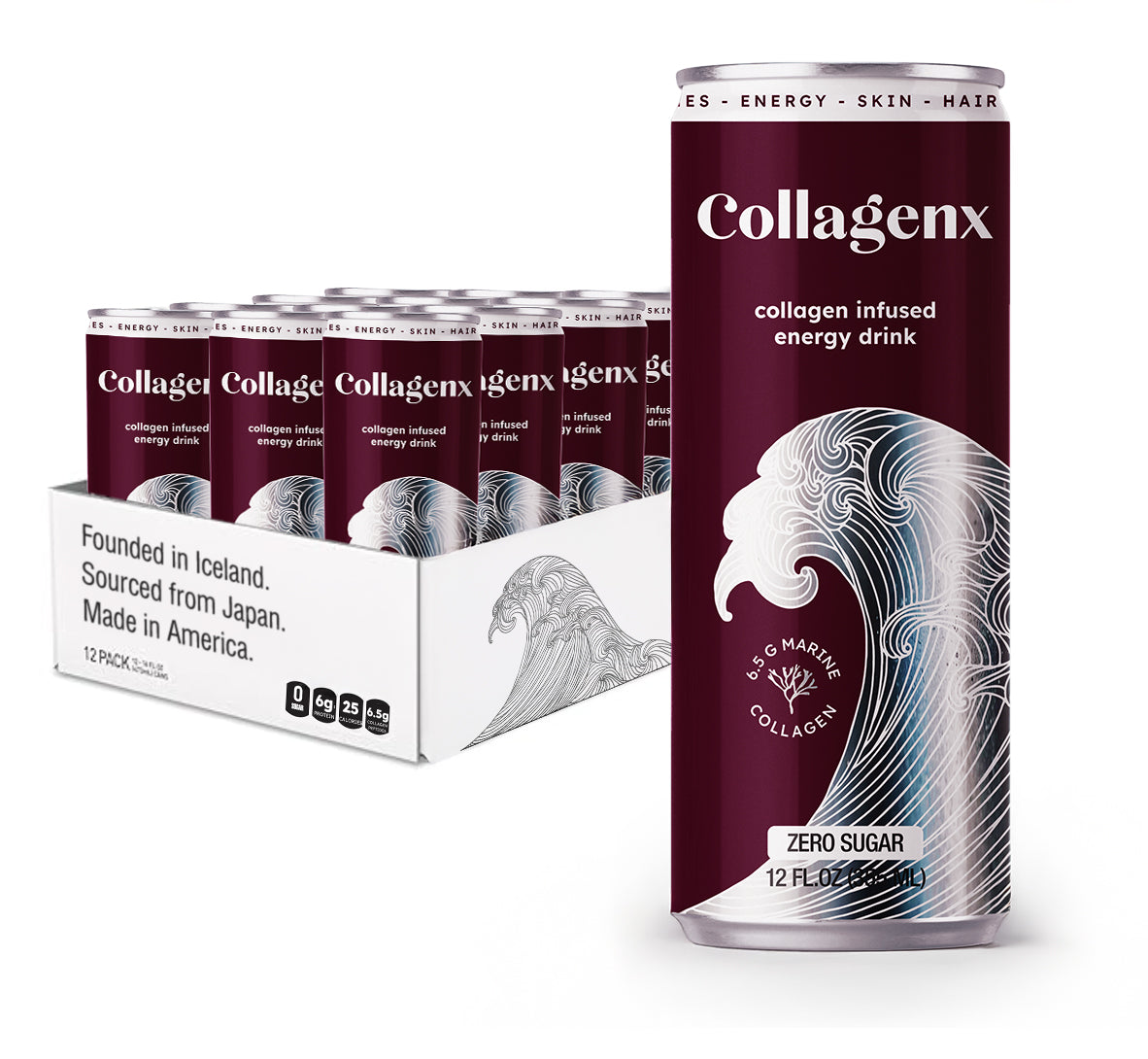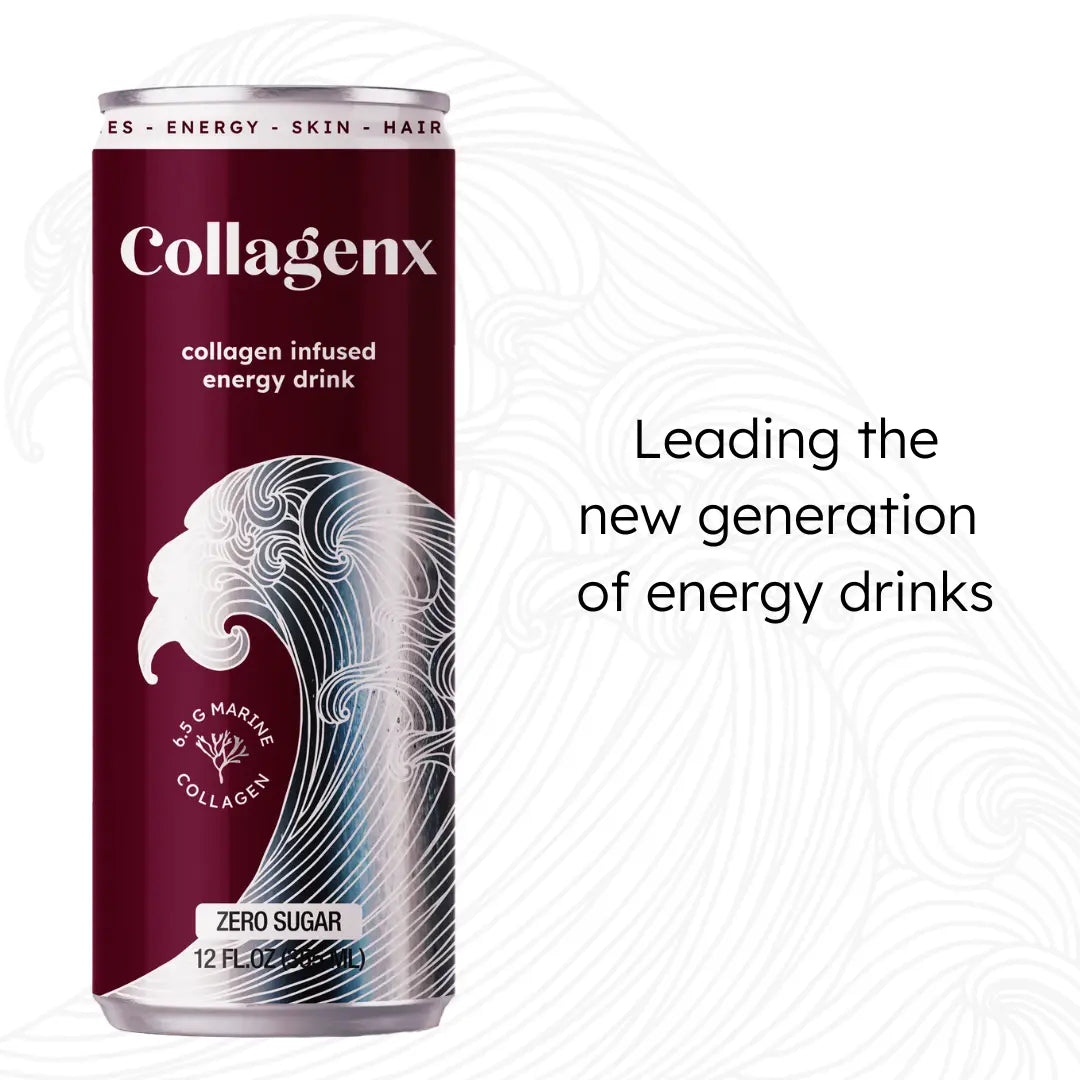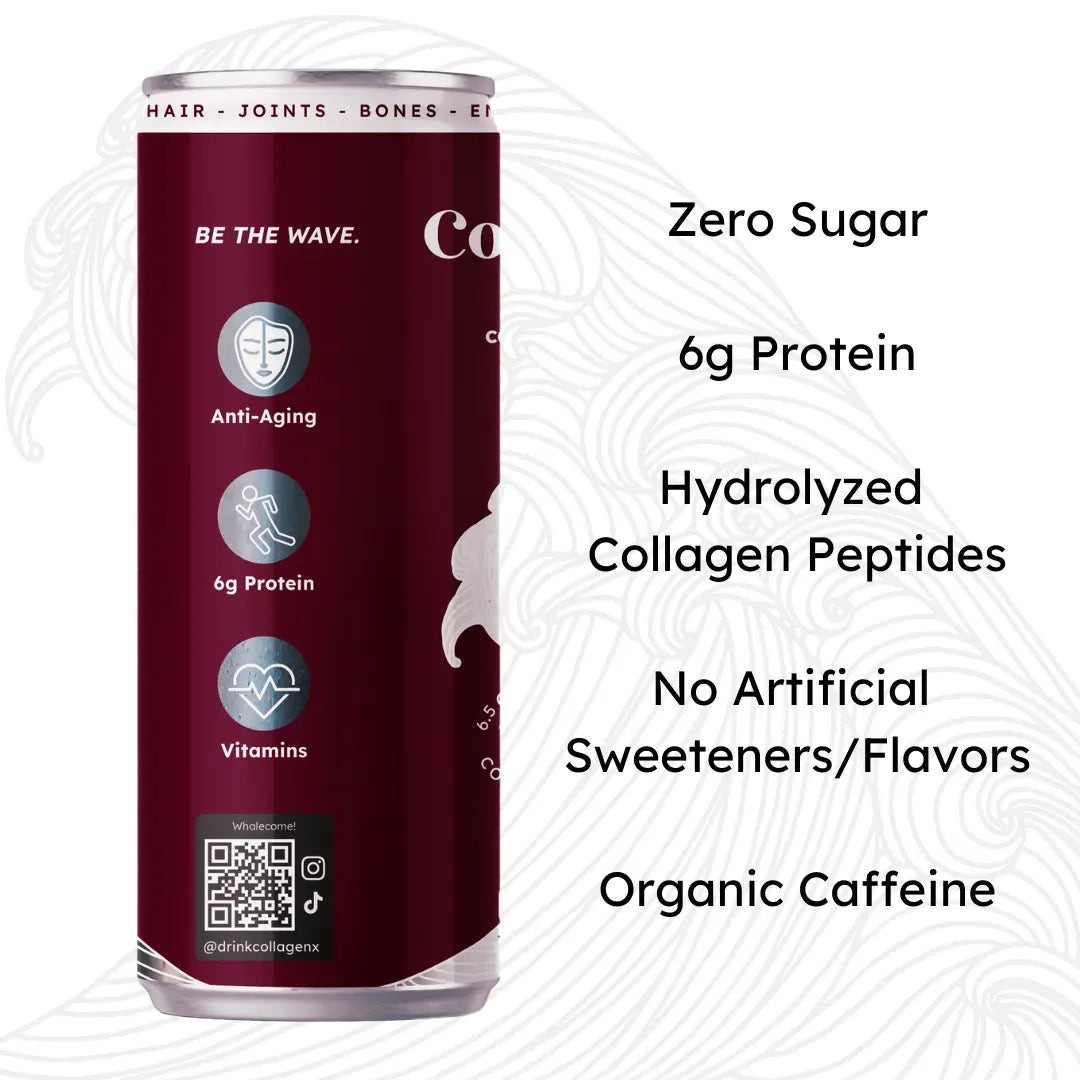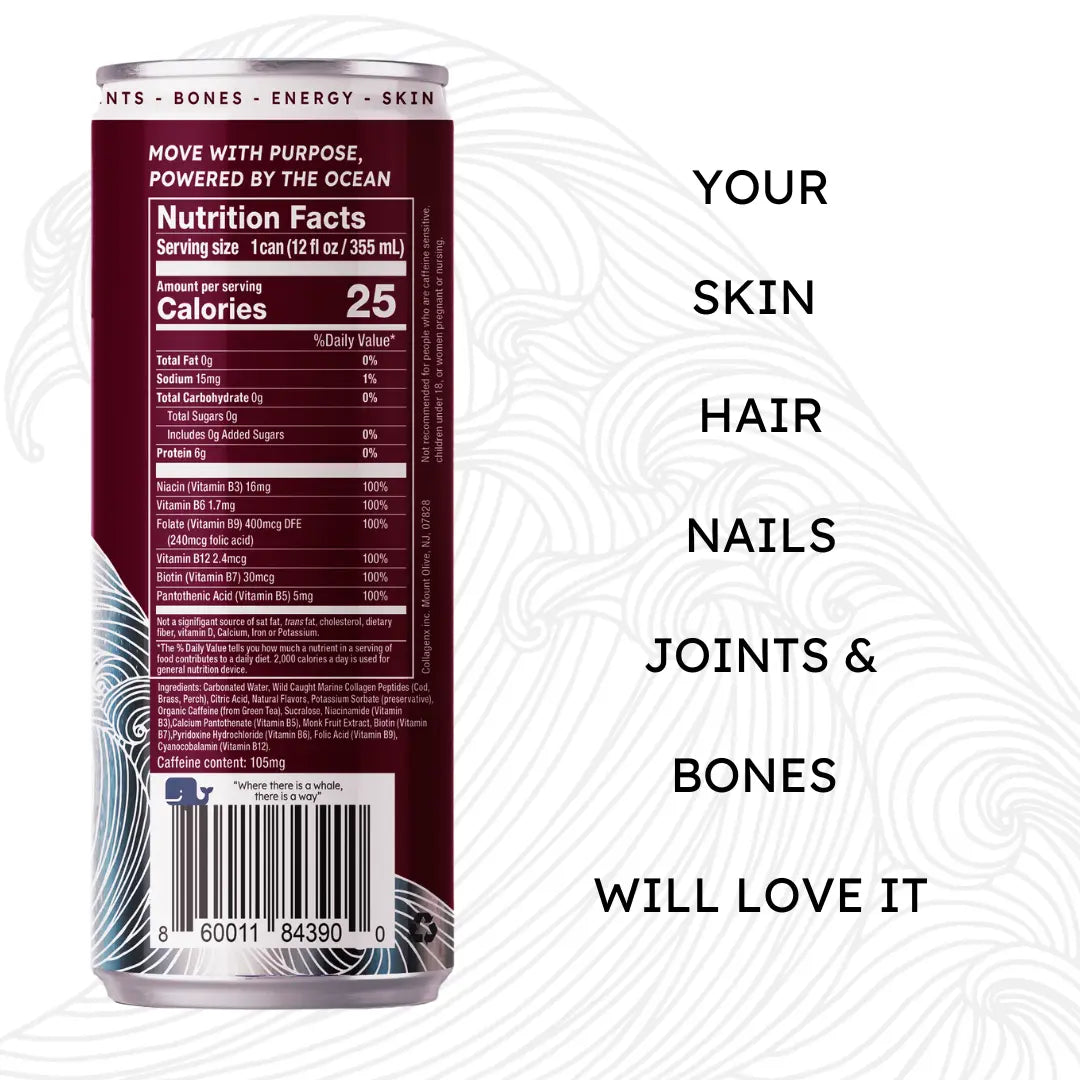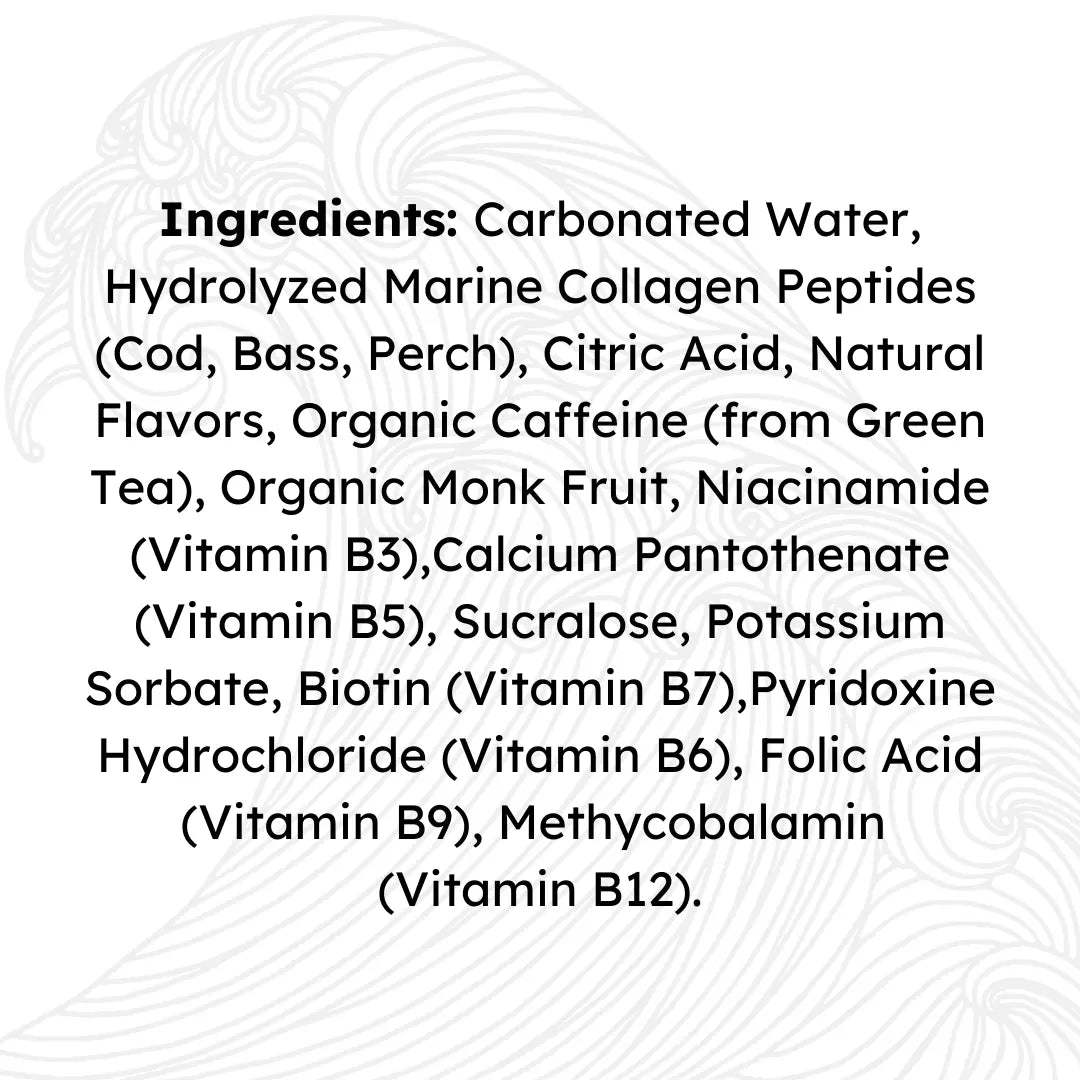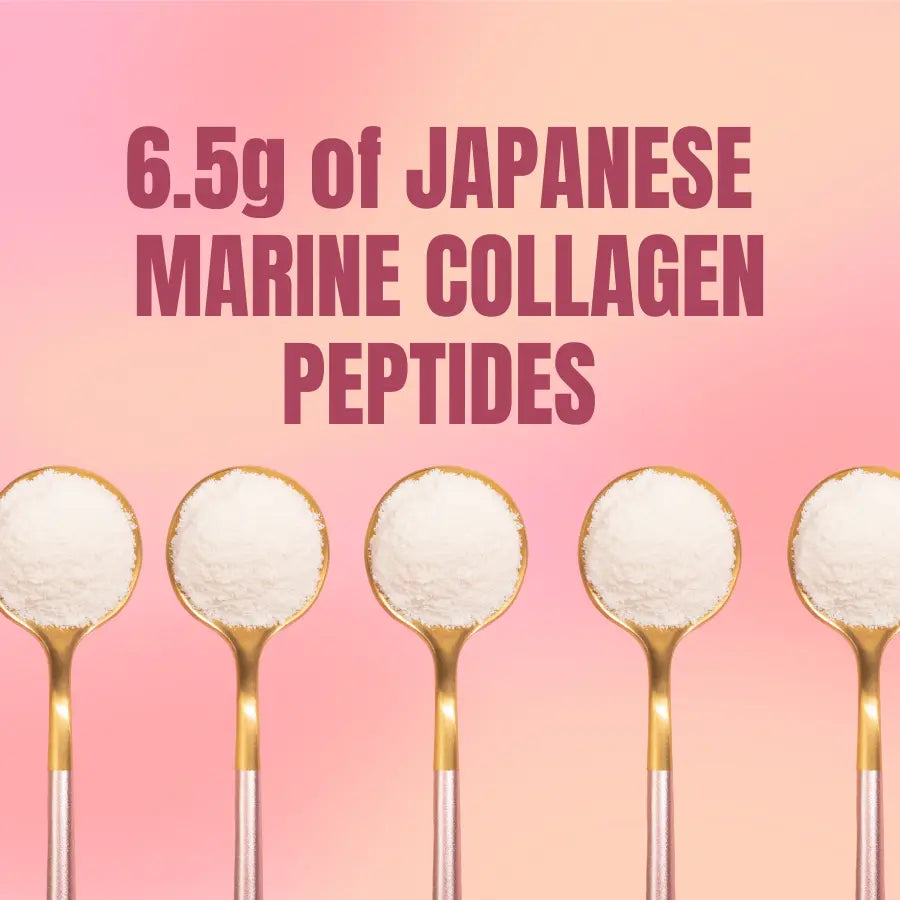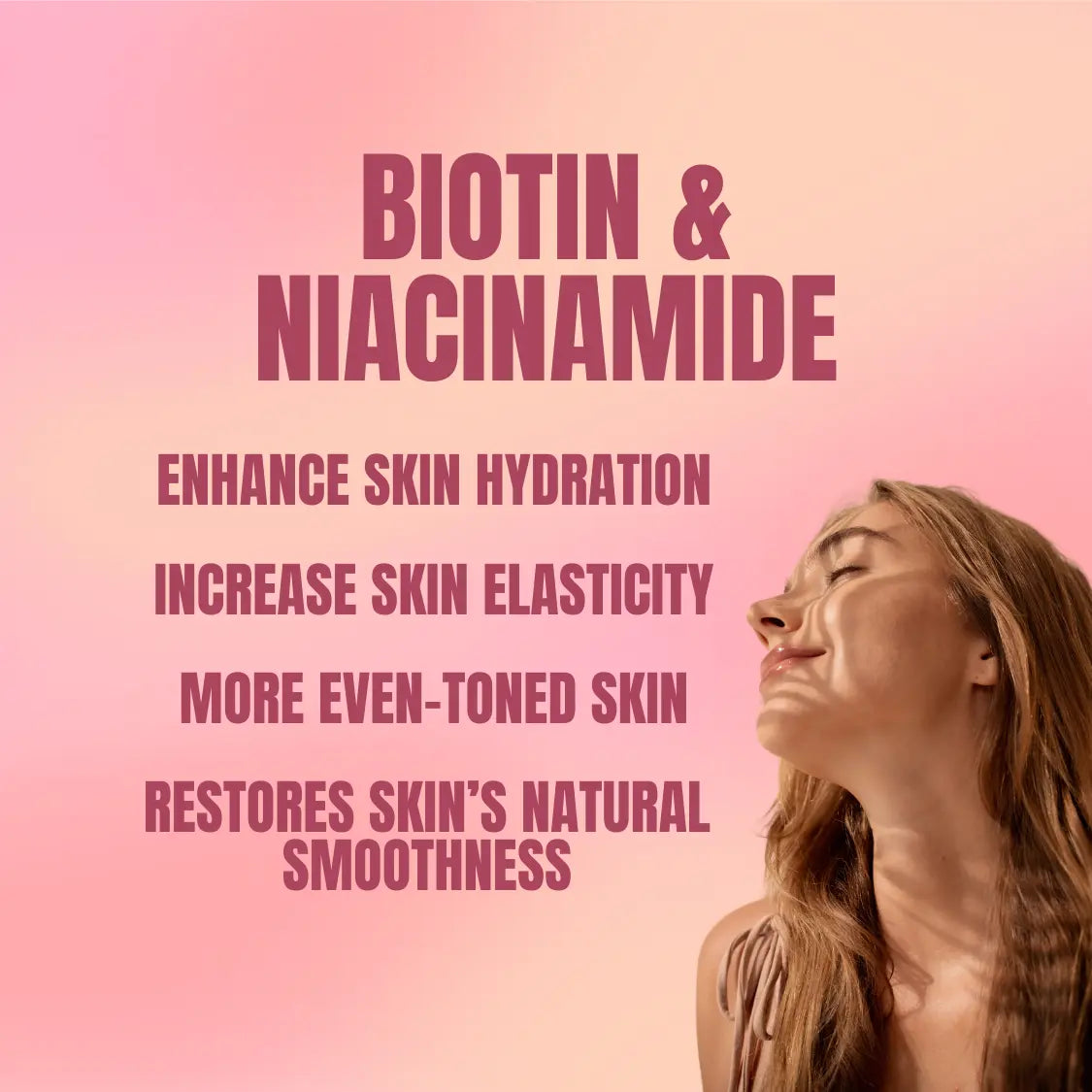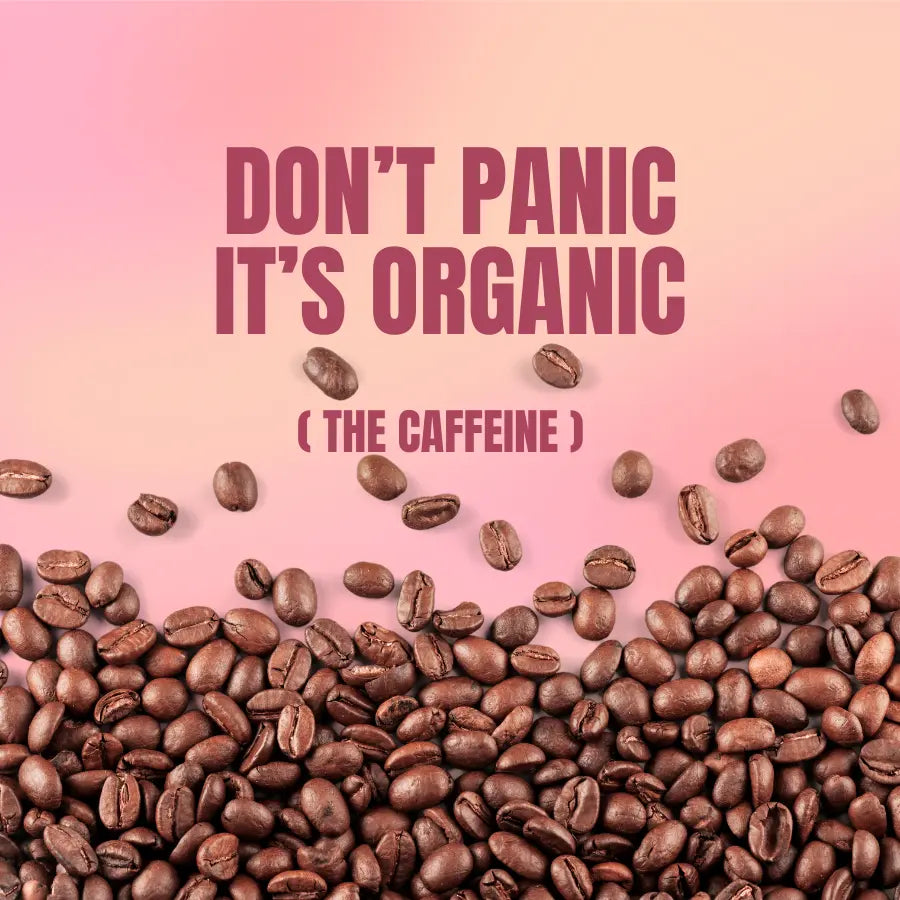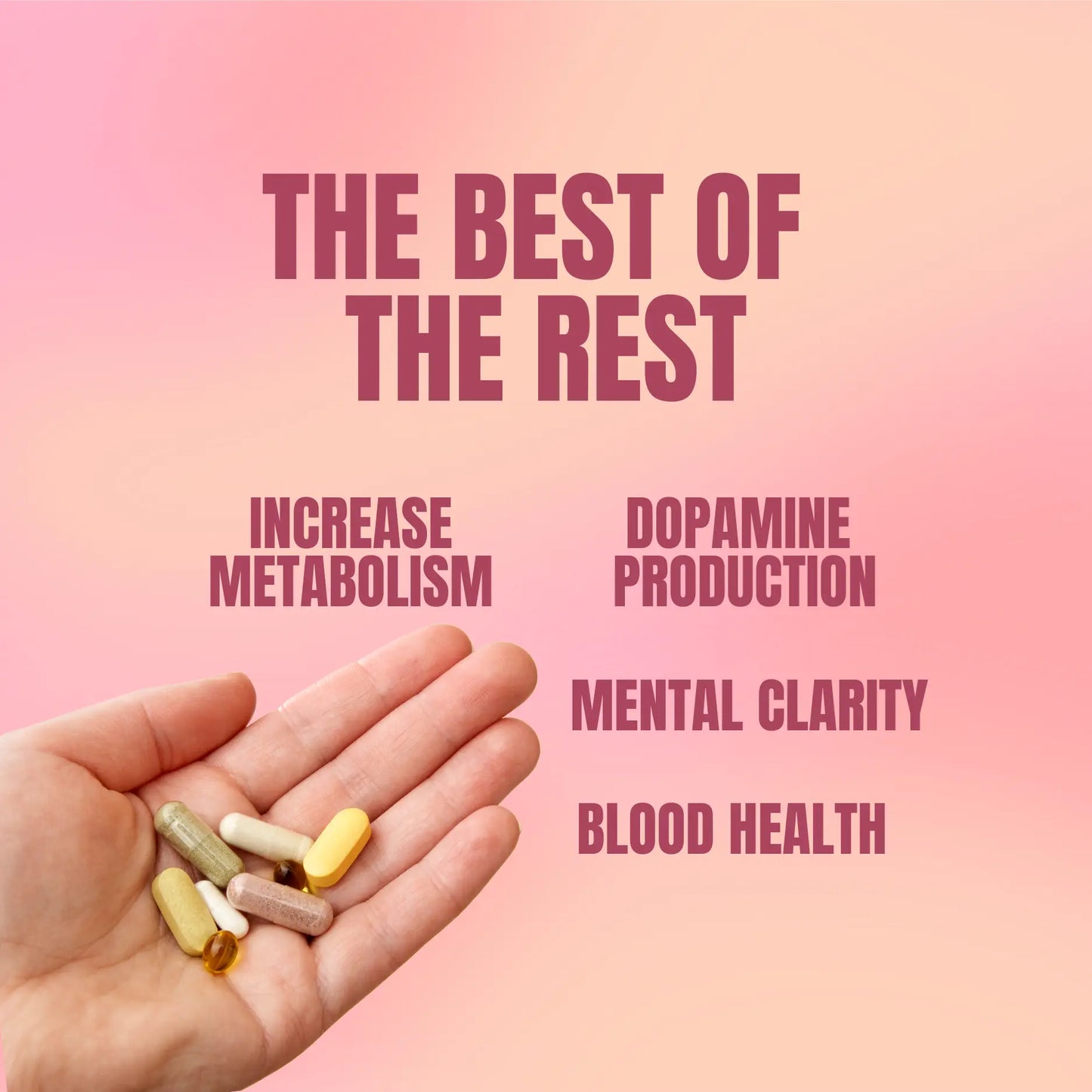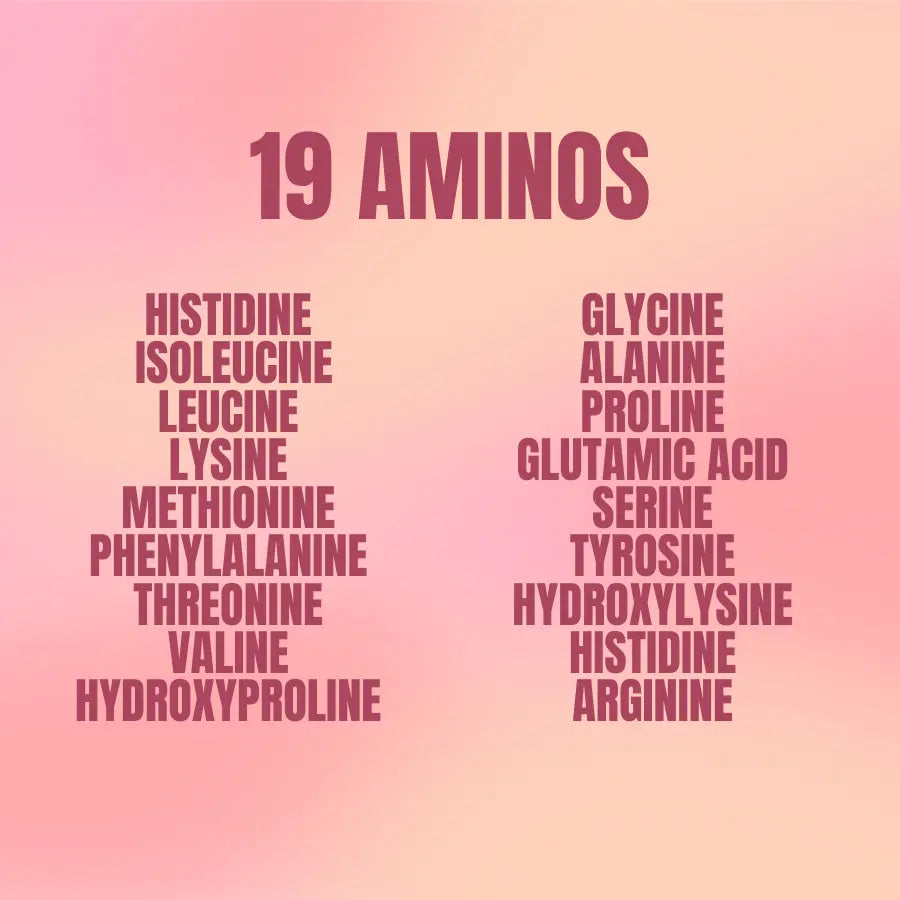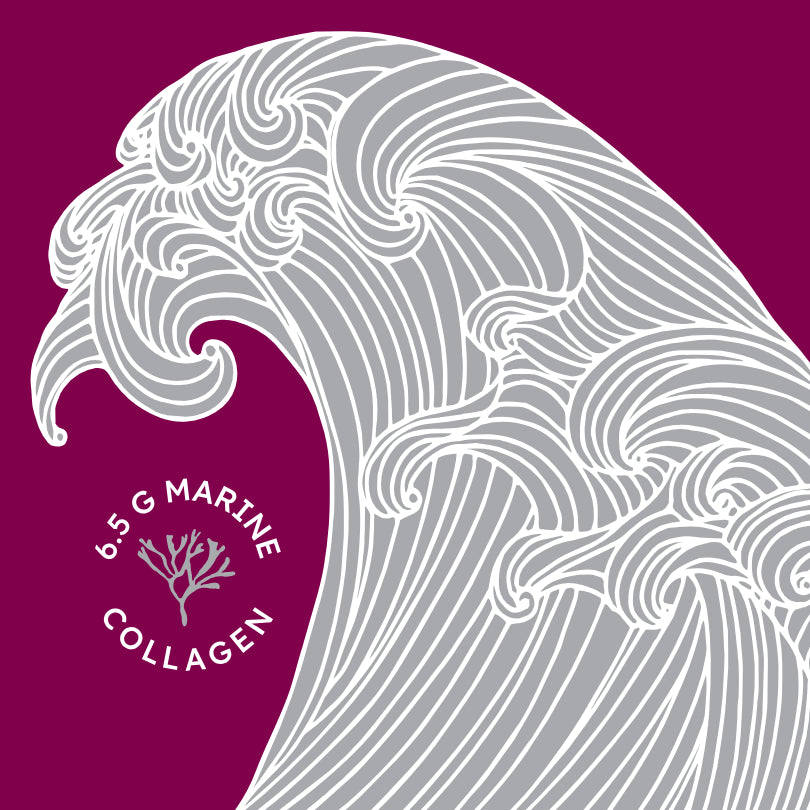
What is Collagen Fibrilis: Nature's Strong Ropes in Your Body
By Collagenx Research Team ┃ Nov 8, 2024 ┃3 min read
If you’ve ever wondered how your skin stays firm, your bones stay strong, or your muscles stay connected?
Think of them as tiny, resilient ropes that hold everything in your body together, from skin to bones. Read more below to see how they can form wrinkles on your skin.
Collagen fibrils are made of smaller strands of collagen proteins that twist and weave together, creating a durable yet flexible structure crucial for your body’s stability.
Collagen fibrils provide both strength and structure, much like the framework of a building. They differ from collagen fibers in that fibrils are more like the foundational strands that twist together to create larger fibers, which support various tissues. In this post, we’ll dive into the “what, how, and why” of collagen fibrils, explaining everything from collagen fibril formation to their role in keeping your body resilient.
Why you can trust us:
We have former college professors on our team to help analyze clinical studies, see our sources below.
We've successfully created a clean energy drink formula with organic caffeine and Marine Collagen
-
We rigorously study the latest in clinical studies, formulation, and science
Want to know more? Visit our store
Table of Content
What is Collagen Fibrilis: Nature's Strong Ropes in Your Body

1. What Are Collagen Fibrils?
What is Collagen Fibrilis: Nature Strong Ropes in Your Body: Collagen fibrils are essential structural components in the body’s connective tissues. They serve as the fundamental units of collagen fibers and are smaller in diameter, ranging from 20 to 500 nanometers. This small size contributes to the flexibility and strength of collagen fibrils, which twist together like threads to form stronger ropes, known as collagen fibers. The unique collagen fibril structure is essential for the resilience and durability of tissues like skin, bones, and cartilage.
In addition to their small size, collagen fibrils are characterized by a unique banding pattern. This collagen fibrils banding pattern is created by the arrangement of collagen molecules in a staggered, organized pattern. These bands help the fibrils lock together tightly, making them extremely resistant to stretching and tearing. This durability is what allows collagen fibrils to handle the constant movement and tension our bodies experience daily.
2. Collagen Fibril Formation

The process of collagen fibril assembly is complex and highly regulated, involving multiple steps and cellular actions. Collagen fibrils start as individual molecules synthesized in cells called fibroblasts. These molecules then combine to form triple helices, which become the basis for collagen fibril formation.
After this stage, enzymes initiate a process called crosslinking, which strengthens the fibrils. The crosslinking increases the stability and durability of the collagen fibril bundle, ensuring it can withstand daily stresses on the body.
Crosslinking is essential because it prevents fibrils from breaking down easily. Each crosslink acts like a small bridge, connecting one strand of collagen to another. This crosslinked structure creates a more stable collagen fibril-fiber bundle, which is necessary for tissues like skin and tendons that undergo repetitive movement. Without crosslinking, collagen fibrils would be more prone to breaking, which could lead to weakened tissues and increased injury risk.
3. Collagen Fibril Types

Collagen fibrils are made from different types of collagen proteins, each serving unique roles within the body. Type I collagen is the most abundant and is found in skin, bones, and tendons.
Fibril forming collagen types such as Type I, II, and III are responsible for different structural functions, with Type II supporting cartilage and joints, and Type III providing flexibility to blood vessels. The diversity of fibril forming collagen types allows collagen fibrils to support various tissues while adapting to their specific needs.
Each fibril forming collagen type has a slightly different amino acid composition or sequence, which determines its properties. For example, Type I collagen has a tightly packed structure ideal for resisting tension, making it perfect for bones and tendons. In contrast, Type II collagen is slightly less dense, providing the elasticity and cushioning needed in cartilage. By varying the types of collagen fibrils in different tissues, our body can create structures that are both strong and adaptable.
4. Collagen Fibrils vs. Collagen Fibers
The difference between collagen fibrils and fibers lies in their structural size and function. Fibrils are smaller, thread-like units that twist together to create larger, more visible collagen fibers. While collagen fibril diameter is tiny and more suited for flexibility, fibers are thicker and capable of providing greater strength.
Understanding the collagen fiber vs fibril distinction helps illustrate how our body combines different scales of collagen structure for durability and elasticity.
This distinction is essential because collagen fibers and fibrils work together to create a multi-layered support system. In tendons, for example, collagen fibrils provide flexibility, allowing tendons to stretch as muscles move. The thicker collagen fibers, on the other hand, give tendons the strength needed to pull bones during movement. This combination of fibrils and fibers ensures that our tissues can handle both movement and pressure without tearing or weakening.
5. Characteristics of Collagen Fibrils
The characteristics of collagen fibrils are unique due to their banding patterns and stability. Collagen fibrils display a periodic banding pattern, which contributes to their strength. This collagen fibrils banding pattern is a visual marker of their organized structure.
Additionally, collagen fibril stability is maintained by crosslinks, which prevent fibrils from breaking down easily. This stability is essential for tissues that experience regular stress, such as skin and joints.
Another important characteristic of collagen fibrils is their ability to self-assemble. When collagen molecules come into contact with the right enzymes and ions, they naturally organize into fibrils. This self-assembling property makes collagen an ideal building material for the body, as it can form stable structures without external guidance. Scientists are even studying ways to use this self-assembling property to create synthetic tissues for medical applications.
6. Collagen Fibril Function
Collagen fibrils serve multiple roles that are essential to the body’s function. The collagen fibrils function as shock absorbers in joints, provide tensile strength in tendons, and add structure to the skin.
Because of their small diameter, they are flexible yet strong, allowing tissues to withstand impact without tearing. Collagen fibrils in bone also help maintain bone density and resilience, reducing the risk of fractures and bone-related ailments.
In addition to their structural roles, collagen fibrils also support cell health. The collagen fibril organization provides a stable environment for cells to attach and grow. This function is particularly important in wound healing, where new cells need a solid foundation to rebuild damaged tissue. By providing this supportive network, collagen fibrils promote faster recovery and stronger tissue regeneration.
7. Collagen Fibril Orientation in Bone

In bones, the collagen fibril orientation is carefully organized to support skeletal strength. This arrangement allows us to withstand pressure and impact from multiple directions.
Collagen fibril orientation in bone is a remarkable feature that reinforces bone stability and reduces the likelihood of fractures by distributing pressure more evenly across the bone.
Here’s a list of actions you can take to support collagen fibrils and bone health:
Maintain a Balanced Diet: Include foods rich in collagen-boosting nutrients like vitamin C (found in citrus fruits, berries), proline (in egg whites, dairy), and glycine (in bone broth).
Stay Active: Engage in weight-bearing exercises like walking, running, or resistance training to stimulate bone remodeling and collagen fibril alignment.
Supplement Wisely: Consider collagen supplements or those containing amino acids that promote collagen synthesis.
Ensure Adequate Protein Intake: A diet rich in protein supports the overall production of collagen, necessary for bone strength and repair.
Get Enough Calcium and Vitamin D: These nutrients are crucial for bone mineralization and work synergistically with collagen to maintain bone health.
Avoid Smoking and Excessive Alcohol: Both can negatively affect collagen production and bone health.
Protect Against Sun Damage: UV exposure can degrade collagen, so use sunscreen and limit prolonged sun exposure.
Stay Hydrated: Proper hydration helps maintain the elasticity and function of collagen in tissues, including bones.
Consider Omega-3 Fatty Acids: Found in fish, these fats may reduce bone loss and inflammation, supporting overall bone health.
8. Collagen Fibrils in the Reticular Dermis
The reticular dermis is the bottom layer of the dermis, which is thick in nature. The skin’s reticular dermis layer is rich in collagen fibrils, providing firmness and elasticity. Collagen fibrils in the reticular dermis are especially important for skin health and resilience, as they help prevent sagging and contribute to its structure.
With age, the collagen fibril density in the reticular dermis decreases, leading to thinner, less firm skin. Environmental factors such as sun exposure can accelerate this process by damaging collagen fibrils, reducing their ability to support skin structure. Protecting these fibrils through skincare, a healthy diet, and sun protection can help maintain the integrity of the reticular dermis and keep skin looking firm.
9. Collagen Fibril Aging and Decline
Over time, collagen production and quality declines with age. This decrease in collagen fibril density and structure results in weaker skin, bones, and connective tissues.
The collagen fibril aging decrease is a natural process but can be accelerated by external factors such as sun exposure, smoking, and poor diet. Protecting your collagen fibrils from aging can help maintain skin firmness and reduce signs of aging like wrinkles.
In addition to these lifestyle factors, genetics also influence the collagen fibril aging process. Some people may experience faster collagen loss due to inherited traits, while others maintain higher collagen levels well into old age. Understanding how lifestyle and genetics impact collagen can help people take proactive steps to preserve their collagen fibrils as they age.
10. Collagen Fibrils and Wrinkles
Collagen and collagen fibril decline plays a significant role in causing wrinkles. When collagen fibril stability is compromised due to aging or environmental damage, skin loses its elasticity, leading to wrinkles and fine lines. Supporting collagen production through diet and lifestyle changes can help slow this process, preserving skin smoothness and elasticity for longer.
Skincare products that contain retinoids or peptides may help support collagen fibril function by stimulating collagen synthesis. These products work by encouraging the body to produce new collagen at the cellular level, which can reduce the appearance of wrinkles and improve skin texture. While these treatments can’t fully reverse aging, they can help slow down the breakdown of collagen.
Further Readings
→ Is Marine Collagen Vegan?
→ Is Marine Collagen better than Bovine?
"Marine Collagen has the most of Type 1 Collagen which remains mostly in your skin and is over 40% of the protein in your body."
11. How to Support Collagen Fibril Health
Supporting collagen fibrils involves nourishing them through diet, lifestyle, and, if necessary, supplements.
Vitamin C-rich foods aid in collagen synthesis and help preserve collagen and collagen fibril density. Antioxidants protect collagen and collagen fibrils from oxidative damage, while hydration helps maintain their flexibility.
Supplements containing collagen peptides can also provide what your body needs for overall collagen support.
In addition to diet and supplements, lifestyle habits like regular exercise and reducing sun exposure can help maintain healthy collagen and collagen fibrils. By supporting your body’s natural collagen production, you can promote stronger, more resilient tissues and reduce the signs of aging.

Further Readings
→ Can you take bovine and marine collagen together?
→ How much marine collagen per day?
"If you want healthy joints and stronger bones you need Marine Collagen in your diet."
Conclusion
Collagen fibrils are the unsung heroes of your body’s structure and strength. Acting like tiny, resilient ropes, they provide essential support for your skin, bones, joints, and tendons.
Without these collagen fibrils, our tissues would lack the resilience and elasticity needed for daily movement and strength.
Understanding what collagen fibrils are, how they’re formed, and why they’re so important helps us appreciate the role they play in our health. By supporting collagen production through diet, supplements, and lifestyle choices, you can maintain the strength and flexibility of your collagen fibrils, promoting long-lasting physical health and vitality.
So, the next time you think about skin elasticity, bone strength, or injury prevention, remember that collagen fibrils are hard at work, keeping your body strong, resilient, and ready to face whatever comes your way.
Sources
Fielder, M., & Nair, A. K. (2019). Effects of hydration and mineralization on the deformation mechanisms of collagen fibrils in bone at the nanoscale. Biomechanics and modeling in mechanobiology, 18, 57-68.
https://link.springer.com/article/10.1007/s10237-018-1067-y
Kadler, K. E., Holmes, D. F., Trotter, J. A., & Chapman, J. A. (1996). Collagen fibril formation. Biochemical Journal, 316(1), 1-11.
https://pubmed.ncbi.nlm.nih.gov/8645190/
Viguet-Carrin, S., Garnero, P., & Delmas, P. D. (2006). The role of collagen in bone strength. Osteoporosis international, 17, 319-336.
If you want to try Collagenx the energy drink made for your skin, hair, joints and bones, visit our store here.
What is Collagen Fibrilis: Nature's Strong Ropes in Your Body. What is Collagen Fibrilis: Nature's Strong Ropes in Your Body. What is Collagen Fibrilis: Nature's Strong Ropes in Your Body. What is Collagen Fibrilis: Nature's Strong Ropes in Your Body. What is Collagen Fibrilis: Nature's Strong Ropes in Your Body. What is Collagen Fibrilis: Nature's Strong Ropes in Your Body. What is Collagen Fibrilis: Nature's Strong Ropes in Your Body. What is Collagen Fibrilis: Nature's Strong Ropes in Your Body. What is Collagen Fibrilis: Nature's Strong Ropes in Your Body. What is Collagen Fibrilis: Nature's Strong Ropes in Your Body



